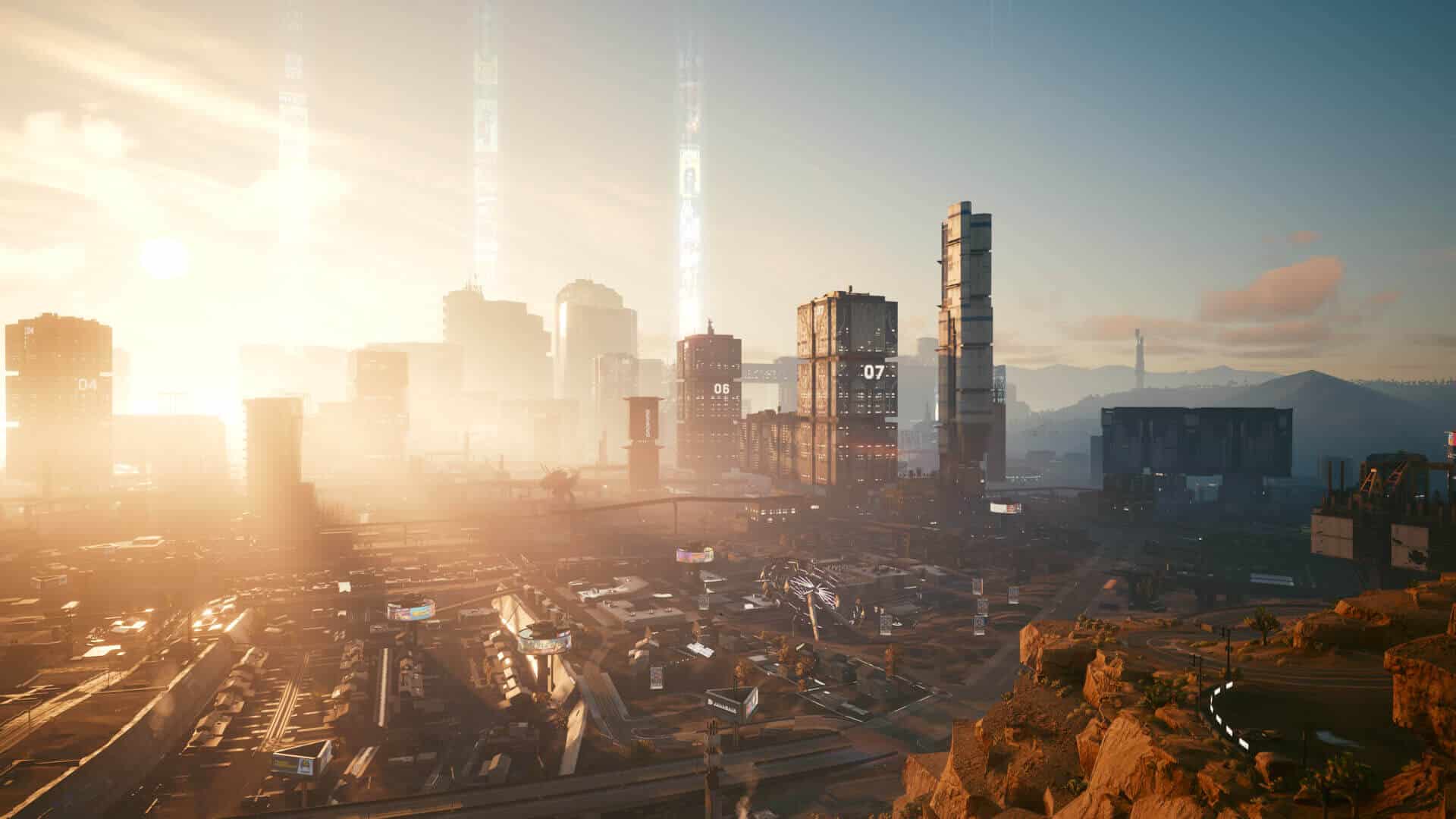Cyberpunk 2077 will get its much-awaited Ray Tracing Overdrive Mode on April 11th with Update 1.62. CD Projekt Red revealed this at its GDC 2023 session, jointly held alongside NVIDIA at San Francisco’s Moscone Center on the GDC Partner Stage, Expo Floor, North Hall. The official excerpt from the press briefing is as follows:
RT Overdrive mode aims to take it to the next level by bringing RTX Path Tracing into the mix.
We all are well too familiar with the limitations of the current real-time direct and indirect lighting algorithms. Things like non-shadow casting lights with non-physically based range, low-resolution indirect light multiplied by screen-space ambient occlusion, or screen-space reflections are still widely used. While delivering satisfying performance on lower-end hardware, they limit maximum image quality and reduce content creator flexibility.
RTX Path Tracing aims to minimize constraints put on the content creators by delivering pixel-perfect soft shadows and indirect light contribution in fully dynamic environments from all the lights – be it an analytical local light, emissive surface, skylight, you name it.
Join our session to find out how the new unified lighting pipeline created by the core algorithms of RTX Path Tracing, can improve the game’s image fidelity while simplifying the direct and indirect lighting pipeline simultaneously.
RT Overdrive Mode will bring path-tracing to Cyberpunk 2077, making it one of the few games to feature multi-bounce global illumination, including indirect and physical lighting for the most realistic reflections and shadows. This update will introduce path-traced features such as:
- NVIDIA RTX Direct Illumination (RTXDI) gives each neon sign, street lamp, car headlight, LED billboard, and TV accurate ray-traced lighting and shadows, bathing objects, walls, passing cars, and pedestrians in accurate colored lighting;
- Ray-traced indirect lighting and reflections now bounce multiple times, compared to the previous solution’s single bounce. The result is even more accurate, realistic, and immersive global illumination, reflections, and self-reflections;
- Ray-traced reflections are now rendered at full resolution, further improving their quality;
- Improved, more physically-based lighting removes the need for any other occlusion techniques.
Even with upscaling technologies, Cyberpunk 2077 brings down the beefy RTX 4080/4090 GPUs on their knees at the 4K “Ray-tracing Ultra” preset. Including DLSS 3 will certainly make things more approachable, but NVIDIA and CDPR need to include additional optimizations such as Shader Execution Ordering (SER), Opacity, and Displacement Micromaps to make the experience fully enjoyable. Unfortunately, this means the setting will be unfeasible for gamers on AMD’s Radeon RX 7900 series GPUs and lower.
Further reading:






